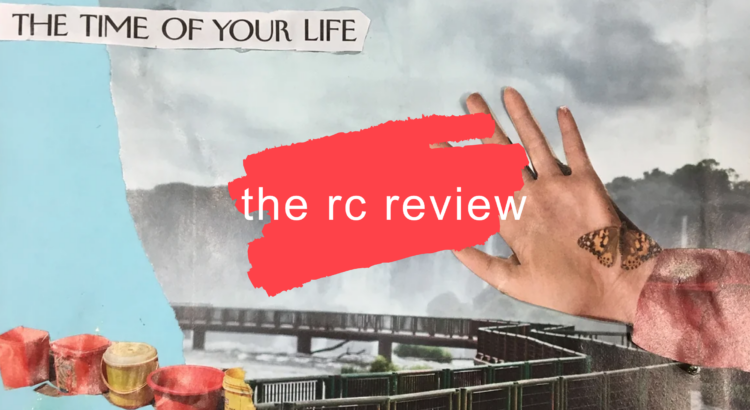L’immensità translates to “the immensity” in Italian. This film is certainly immense – immense in the scope of its themes, in its emotional depth, and in its luscious score and cinematography. Thankfully, though, it is not immense in its runtime. I don’t know if I could have taken one more minute of heartbreak.
The film is devastating from the get-go. We are introduced to a normal, Italian family. Penélope Cruz is dazzling in her role as Clara, mother to three beautiful children in 1970s Rome. The kids are doing what kids do: sneaking down into the sewers, playing games under the table at Christmas, and generally going where they’re not supposed to. The oldest, Adriana, played by Luana Giuliani, is especially poignant as a young girl coming of age. In the background is their father Felice, played by Vincenzo Amato, who looks fittingly swanky in tailored Italian suits and a flashy car. The furniture is mid-century modern, the coffee is strong, and the outdoors is lush.
It’s the perfect nuclear family – until it’s not. We learn that Felice is an abusive husband, beating and raping his battered wife both under the cover of their bedroom and in front of their kids. Clara is a good mother, but she is buckling under the weight of her husband’s temper. Throughout the movie, she regresses into a child-like state, until Adriana takes on more of the parent role than her own mother. The three children struggle to survive as their two parents, their protectors, betray, neglect, and soon abandon them. To top it off, Adriana is struggling with gender dysphoria, but being transgender in a patriarchal, gender-segregated society is not an ok thing to be. The family’s dysfunction soon becomes the focal point of the movie.
It’s a dark underbelly to a glitzy surface. A fight for survival, not a coming-of-age movie. Adri does what all kids do when faced with adversity in the home – get out of the house. He races through the reeds into the “bad side of town,” where he soon befriends a Romany girl named Sarah. Two outsiders, their friendship quickly turns romantic. They are at once two kids playing, two young adults exploring their sexuality, and two aliens looking for companionship in a dangerous world.
We stay long enough to form an attachment to the characters, but we leave too soon to see their conclusion. It’s hard to envision anything but a downward spiral. Nobody is going to come to Clara’s rescue, nobody is going to tell Adri it’s ok to be themselves. This ultimately pessimistic message clouded the rich visuals of the movie, forcing me to even cover my eyes at certain scenes. It’s hard to watch such overt gender-based violence, especially when you know that despite the strides we have made since the 1970s, it is still pervasive.
L’immensità is a beautiful movie. Just don’t ask me to watch it again.







